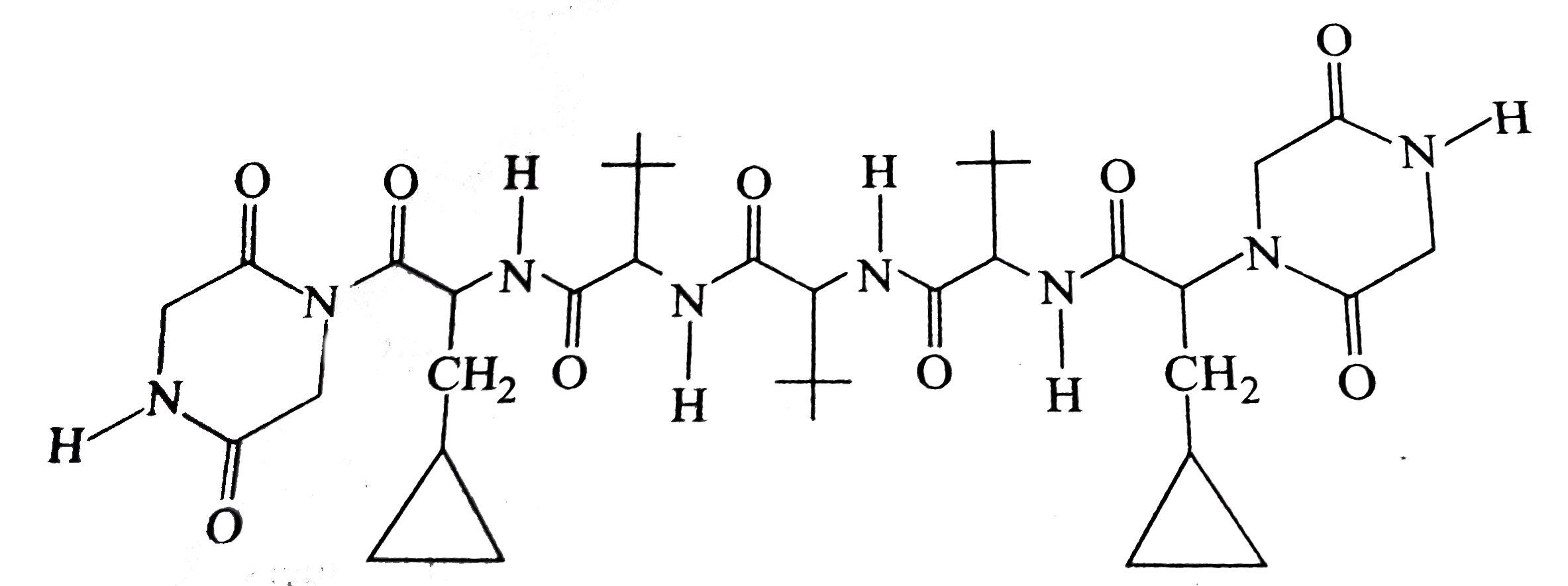Name two organic acids (naturally occurring acids).
To answer the question, "Name two organic acids (naturally occurring acids)," we can follow these steps:
Step 1: Understand what organic acids are.
Organic acids are compounds that contain carbon and exhibit acidic properties. They typically have one or more carboxyl (-COOH) groups in their structure.
Step 2: Identify two examples of organic acids.
1. Acetic Acid (CH₃COOH): This is a common organic acid found in vinegar. It has a carboxyl group and is responsible for the sour taste of vinegar.
2. Oxalic Acid (C₂H₂O₄): This organic acid is found in various plants, such as spinach and rhubarb. It contains two carboxyl groups, making it a dicarboxylic acid.
Step 3: Write the chemical formulas and structures.
- Acetic Acid:
- Chemical formula: CH₃COOH
- Structure:
O∣∣H3C−C−OH
- Oxalic Acid:
- Chemical formula: C₂H₂O₄
- Structure:
OO||||HO−C−C−OH||||OO
Final Answer:
The two organic acids are:
1. Acetic Acid (CH₃COOH)
2. Oxalic Acid (C₂H₂O₄)
---
Organic acids are compounds that contain carbon and exhibit acidic properties. They typically have one or more carboxyl (-COOH) groups in their structure.
1. Acetic Acid (CH₃COOH): This is a common organic acid found in vinegar. It has a carboxyl group and is responsible for the sour taste of vinegar.
2. Oxalic Acid (C₂H₂O₄): This organic acid is found in various plants, such as spinach and rhubarb. It contains two carboxyl groups, making it a dicarboxylic acid.
- Acetic Acid:
- Chemical formula: CH₃COOH
- Structure:
O∣∣H3C−C−OH
- Chemical formula: C₂H₂O₄
- Structure:
OO||||HO−C−C−OH||||OO
The two organic acids are:
1. Acetic Acid (CH₃COOH)
2. Oxalic Acid (C₂H₂O₄)
Topper's Solved these Questions
Similar Questions
Knowledge Check
Organic acids are
ACitric acidBLactic acidCAcetic acidDAll abovePhenyl acetic acid, 2, 4-dichlorophenoxy acetic acid, Ethaphon, Indole-3-butyric acid, Indole-3-acetic acid.
The naturally occuring auxins from these are given in the table areAPhenyl acetic acid, Indole-3-butyric acid, Indole-3-acetic acidB2-4 dichlorophenoxy acetic acid, Ethapon and Indole-3-butyric acidCPhenyl acetic acid and ethaphonDEthaphon and Indole-3-acetic acidHow many different proteins containing 100 amino acids can be made from the 20 naturally occurring amino acids?
A10020B20100C100-20DNone of these
Enlist the total number of distinct naturally occurring amino acids obtained by complete acidic hydrolysis of the peptide shown below is :

View SolutionIn what respect would any two naturally occuring amino acids differ from one another ?
View SolutionName of the heaviest naturally occurring element.
View SolutionName two acidic amino acids.
View SolutionThe total number of distinct naturally occuring amino acids obtained by complete acidic hydrolysis of the peptide shown below is

View Solution
